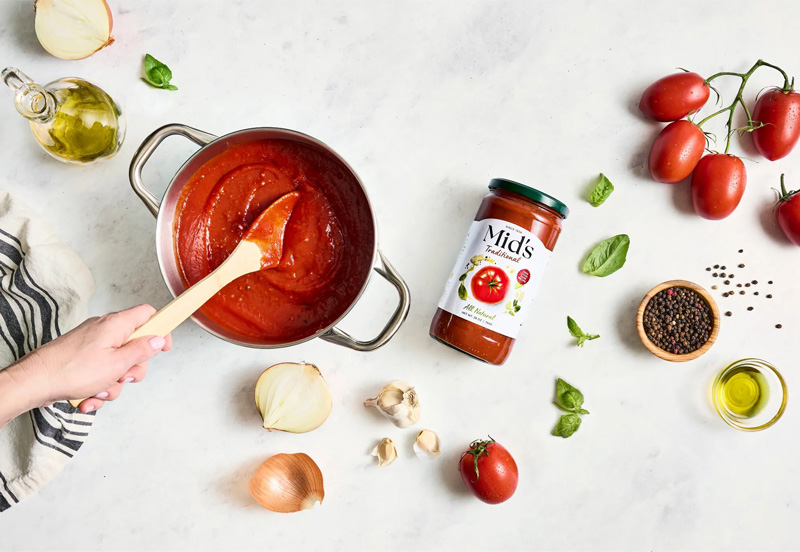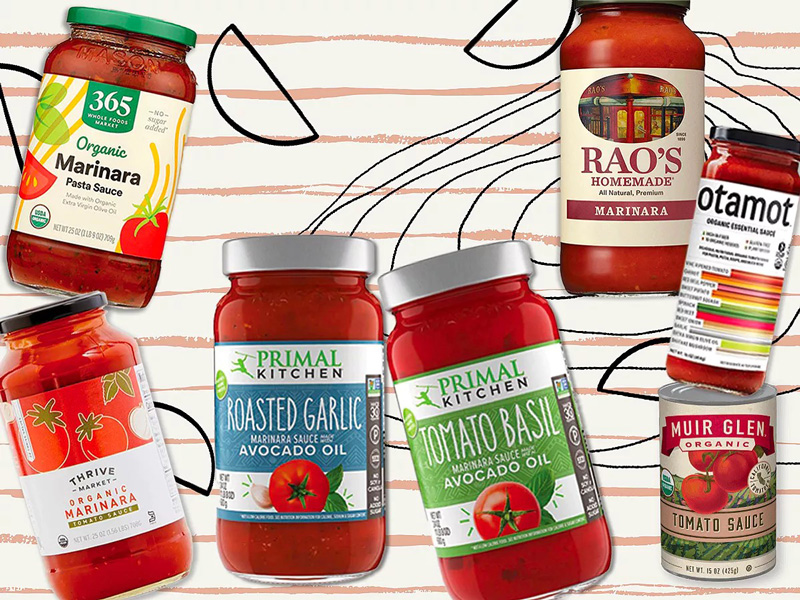In the competitive world of tomato ketchup, the packaging you choose can make or break your product's success. Whether you're a seasoned brand or a newcomer, the right packaging not only preserves the freshness and quality of your ketchup but also plays a critical role in attracting and retaining customers. With the variety of packaging options available today, selecting the right one can set your brand apart on crowded supermarket shelves and drive consumer loyalty.

1. The Evolution of Tomato Ketchup Packaging
Over the years, tomato ketchup packaging has evolved significantly. From traditional glass bottles to the more modern squeezable plastic bottles, each innovation has aimed to enhance convenience, extend shelf life, and reduce costs. Today, consumers are not just looking for functional packaging; they are also increasingly aware of environmental impacts, driving the demand for more sustainable options.
Glass bottles were the original packaging choice for ketchup, offering an elegant appearance and excellent preservation qualities. However, they are heavy, prone to breakage, and less convenient for consumers. The introduction of plastic bottles revolutionized the market by providing a lightweight, shatterproof alternative that is easier to handle. These squeezable bottles quickly became the go-to choice for most brands, offering convenience with their easy-to-use flip-top caps and the ability to dispense the right amount of ketchup with minimal effort.
2. Current Trends in Tomato Ketchup Packaging
Today’s ketchup market is driven by innovation and sustainability. Modern consumers are looking for packaging that is not only convenient but also environmentally friendly. As a result, brands are exploring new materials and designs that align with these demands.
Sustainable Packaging: As consumers become more eco-conscious, there is a growing demand for sustainable packaging solutions. Brands are now exploring biodegradable and recyclable materials to reduce their environmental footprint. For instance, some companies are experimenting with plant-based plastics, which offer the same durability and functionality as traditional plastics but are compostable. Additionally, there is an increasing trend toward using recycled materials in packaging, giving new life to old plastic bottles and reducing waste.
Portion-Controlled Packaging: Another trend is portion-controlled packaging. Single-serving sachets and small, easy-to-use pouches are becoming increasingly popular, particularly in the foodservice industry. These options not only cater to the growing demand for convenience but also help reduce food waste, as consumers can use exactly the amount they need without worrying about the rest going stale.
Innovative Designs: Packaging design is another crucial factor. Unique and eye-catching designs can make your product stand out on the shelves. Transparent packaging, for example, allows consumers to see the product inside, which can enhance trust and appeal. Additionally, ergonomic designs that fit comfortably in the hand and allow for easy dispensing can improve the overall user experience.

3. Choosing the Right Packaging for Your Brand
Selecting the appropriate packaging for your tomato ketchup involves considering various factors, including your target market, brand image, and sustainability goals. Here’s how you can make an informed decision:
Understand Your Market: Your target audience plays a significant role in determining the best packaging option. For instance, if your product is aimed at families, large squeezable bottles with child-friendly caps might be ideal. On the other hand, if you're targeting single-person households or on-the-go consumers, smaller, portable sachets or pouches could be more suitable.
Reflect Your Brand Values: Packaging is a powerful tool for conveying your brand values. If sustainability is a core aspect of your brand, opting for eco-friendly packaging solutions will resonate with environmentally conscious consumers. Similarly, if you want to position your product as premium, consider using high-quality materials and sophisticated designs that exude luxury.
Consider Functionality: While aesthetics are important, functionality should not be overlooked. The packaging should protect the ketchup from spoilage, be easy to use, and ensure that the product remains fresh until the last drop. Features like resealable caps, non-drip spouts, and easy-squeeze designs can significantly enhance the user experience.
Sustainability: With the increasing emphasis on sustainability, choosing packaging that minimizes environmental impact is crucial. Whether it's reducing plastic use, opting for recyclable materials, or using packaging that requires less energy to produce, there are various ways to make your packaging more eco-friendly.
4. The Future of Tomato Ketchup Packaging
As technology and consumer preferences continue to evolve, the future of tomato ketchup packaging looks promising. Innovations such as smart packaging, which monitors the freshness of the product, and interactive packaging, which engages consumers through QR codes and augmented reality, are likely to become more prevalent.
Smart packaging could include features like freshness indicators or temperature-sensitive labels that change color if the product has been stored incorrectly. This not only enhances food safety but also provides consumers with added peace of mind.
Interactive packaging, on the other hand, can offer a unique way to engage with consumers. By scanning a QR code on the packaging, customers can access recipes, brand stories, or even promotions, creating a more personalized and immersive brand experience.
Conclusion
In the highly competitive tomato ketchup market, innovative packaging is more than just a container—it’s a powerful marketing tool. By staying ahead of trends and understanding your consumers' needs, you can choose packaging that not only preserves your product but also elevates your brand. Whether it’s through sustainable materials, functional designs, or smart technology, the right packaging can make all the difference in setting your ketchup apart from the competition and ensuring long-term success in the marketplace.










